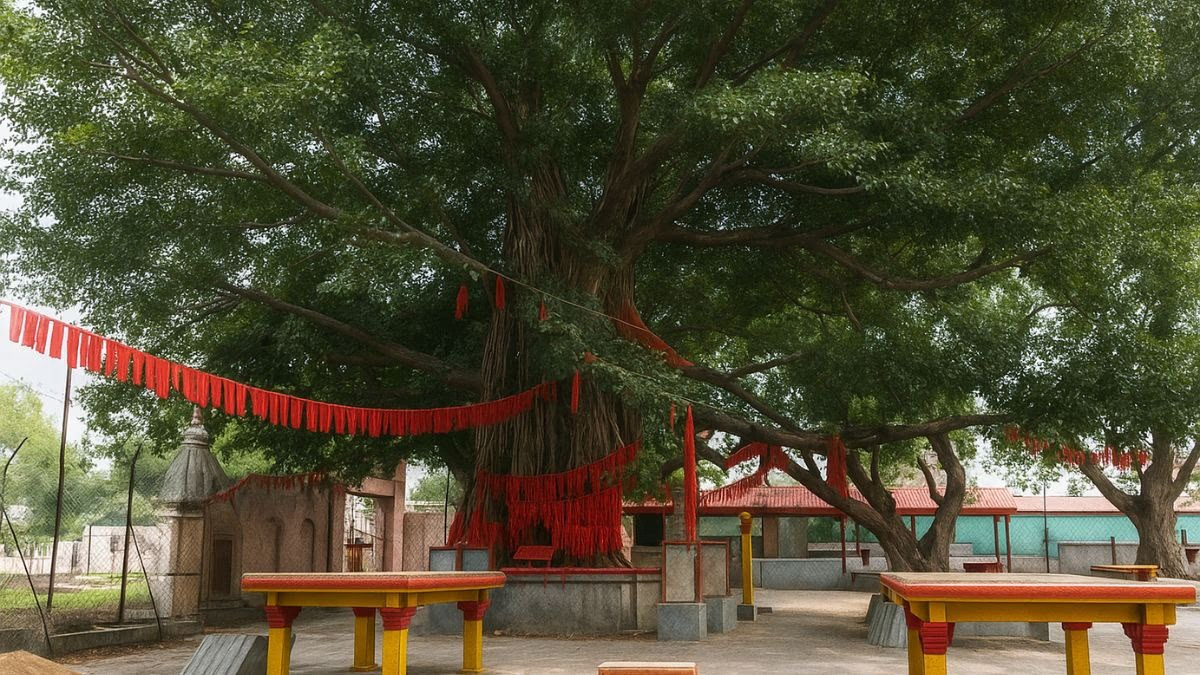Pind Daan 2025: In Hindu tradition, Pitru Paksha is a time to remember ancestors and seek peace for their souls through rituals like Pind Daan and Shraddha. This year, Pitru Paksha begins on September 7 and concludes on September 21. While Gaya Ji Dham is considered the holiest site for these rituals, numerous ancient and sacred locations in Ujjain, Madhya Pradesh, are also significant for ancestor offerings. One such place is the Siddhavat Teerth, home to a banyan tree that even Mughal rulers failed to destroy.
Ujjain offers three main sites for Pitru Tarpan: Siddhavat, Gaya Kotha Temple, and Ram Ghat. Of these, the Gaya Kotha Temple is deemed especially significant. Each year, thousands of devotees offer milk and water to their ancestors here. It is believed that the underground Falgu River surfaces at this site, making the pious deeds done here equivalent to those performed in Gaya, Bihar. Moreover, Ram Ghat on the sacred banks of the Kshipra River is a revered location for ancestor rituals.
Located in the Bhairavgarh area of Ujjain, the Siddhavat Teerth is also known as Pretshila Teerth. It is home to a massive banyan tree, revered as Siddhavat. According to Hindu beliefs, Goddess Parvati herself planted this sacred tree. Religious texts state that it is the site where Lord Shiva’s son Kartikeya underwent his mundan (hair-cutting) ceremony, enhancing its spiritual importance.
A famous legend surrounds this banyan tree. It's said that Mughal rulers tried numerous times to cut it down, even placing iron plates over it to prevent new growth. Nevertheless, each time, the tree emerged triumphantly, breaking through the plates. Today, this resilient banyan stands firm as a symbol of devotion and wonder, attracting countless pilgrims.
Another unique aspect of Ujjain is the chronicling by local priests, who possess genealogical records spanning 150 to 200 years. In this digital age, they astoundingly retrieve lineage information just by knowing one’s gotra, community, or village name, without any technological aid.




